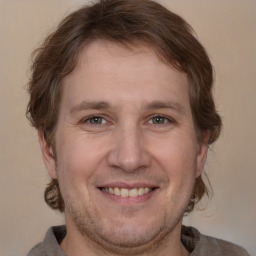Cormons
Cormòns: a millenary history
Cormòns is a town located in the heart of Friuli-Venezia Giulia, at the foot of Quarin mountain and a few kilometers from Slovenia. Its millenary history is reflected in the presence of monuments and places of interest that testify to the passage of culture and people.
Physical geography
Cormòns is located in the flat area of Collio and is about 40 kilometers from Trieste, 10 from the provincial capital Gorizia, and about 25 from Udine. Thanks to its strategic location, it was a point of contention between the Patriarchs of Aquileia, the Counts of Gorizia, the Habsburg Empire, and the Republic of Venice.

History
In Roman times, it was a military station, while in the Middle Ages, it was the seat of the Patriarchs of Aquileia and then contested between the Patriarchs and the Counts of Gorizia. In 1866, the Armistice of Cormòns was signed between the Kingdom of Italy and the Austrian Empire, which ended the Third Italian War of Independence.
During the First World War, Cormòns immediately passed into Italian hands and was then regained by the Austro-Hungarian Army before finally returning to Italy at the end of the war.
Monuments and places of interest
Among the religious monuments present in the town are the Church of Sant'Adalberto, the Church of San Leopoldo, and the Church of Santa Caterina, also known as the Sanctuary of Mystical Rose. The Church of San Giorgio was built on the ruins of a castle destroyed in the thirteenth century, while the Church of San Lorenzo is located in the fraction of Brazzano.
Among the civil buildings present in the town are the house of the ancient Pieve, the headquarters of the cathedral museum, the Locatelli Palace, municipality seat, and since 2002 the civic museum of the territory, the Neuhaus Palace, and the Tacco-Aita Palace. Villa Tomadoni, located in Via Piave, is the place where the Armistice of Cormòns was signed, while Piazza Libertà hosts the statue of Emperor Maximilian I of Habsburg.
The Natural Park of Bosco di Plessiva is a green area suitable for excursions and outdoor activities, while the "PalaPlet" Sports Hall is the structure dedicated to sports activities.
The Cormòns Castle, on the other hand, represents the military architecture of the town.
Society
The municipality of Cormòns has about 7,200 inhabitants, and as of December 31, 2015, there were 405 foreign residents, or 5.46% of the population.
Cormòns, with its history and monuments, represents an ideal destination for a cultural journey and to discover the beauty of Friuli-Venezia Giulia.
